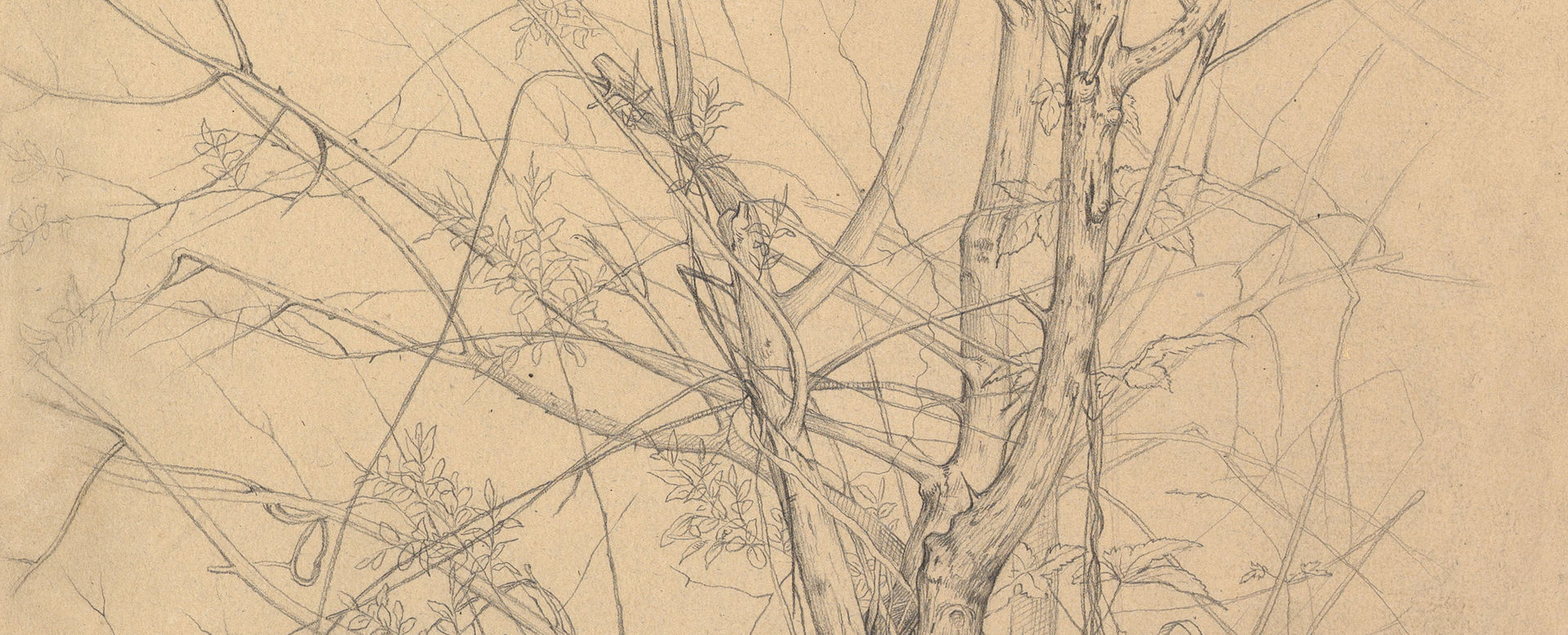Study for Washing Line in the Wind
Ursula Fookes British
Not on view
Here, Fookes depicts the spread of industry into the countryside and the towns built in response. The seemingly endless rows of modern, uniform houses represent the impact of the dramatic rise in homebuilding in the interwar period, especially the construction of public housing. Fookes’s color linocut Poplar Trees and Telegraph Poles shows the impact of related technologies, such as the telephone and telegraph,that accompanied these new developed environments.
Due to rights restrictions, this image cannot be enlarged, viewed at full screen, or downloaded.


